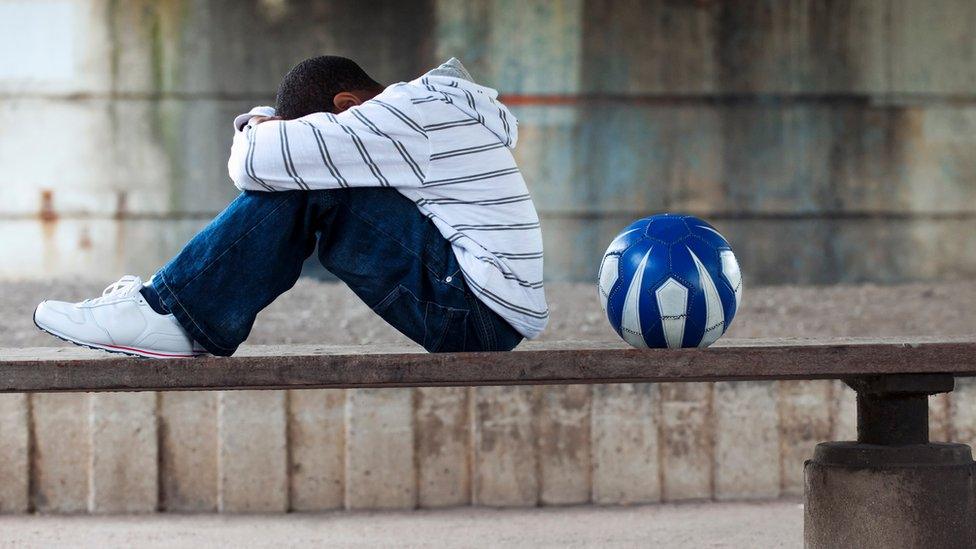NHS watchdog issues sexting advice
- Published

An NHS watchdog has issued advice about sexting to help professionals spot the difference between "normal" sexual experimentation and harmful sexual behaviour among children and teens.
Sexting (sending explicit messages or images via text) is a worry and must be monitored, says the National Institute for Health and Care Excellence.
It says not enough is known about the impact on young minds.
Teachers, doctors and social workers must judge appropriateness for age.
Inappropriate sexualised behaviour, which can include sexting, is often an expression of problems or underlying vulnerabilities, says NICE.
Sexting
The guidelines suggest professionals use resources such as the Brook Sexual Behaviours Traffic Light Tool to help gauge the severity of the behaviour - actions listed as red indicate likely harm, while those in green are viewed as part of normal growing up.
Sexting is given an amber traffic light, as is messaging sexual images of a person, even if they have given their consent.
Amber warning signs among much younger children include the use of sexual themes in language and play.
Dr Abdullah Kraam, a consultant child and adolescent psychiatrist, helped write the NICE guidelines.
He said the guidance was timely given the growth in online grooming and pornography.
"The advice is useful. It gives people some idea as to whether a child's behaviour is concerning or not.
"Some things will be obvious, but other behaviours may be harder to judge. There are grey areas."
If in doubt, he says it is best to "refer it up to the experts".
Jon Brown, of the child protection charity the NSPCC, said it was important not to label children as mini sex offenders: "Steps to change behaviour will only be effective if the family and support network understand there is an issue and are supportive."
Professor Gillian Leng, deputy chief executive of NICE, said: "Inquisitive behaviour is a normal part of growing up and it is natural for children to ask about different body parts or be curious about the differences between girls and boys.
"However there is also a minority of children and young people who engage in sexual behaviour that is not appropriate for their age or development.
"This guidance is about preparing teachers, nurses, social workers and others to recognise harmful sexual behaviour when it occurs and ensure they can work across team boundaries, so that problem behaviour is not ignored or missed and children and young people receive the help they need."
- Published19 September 2016

- Published21 June 2016
